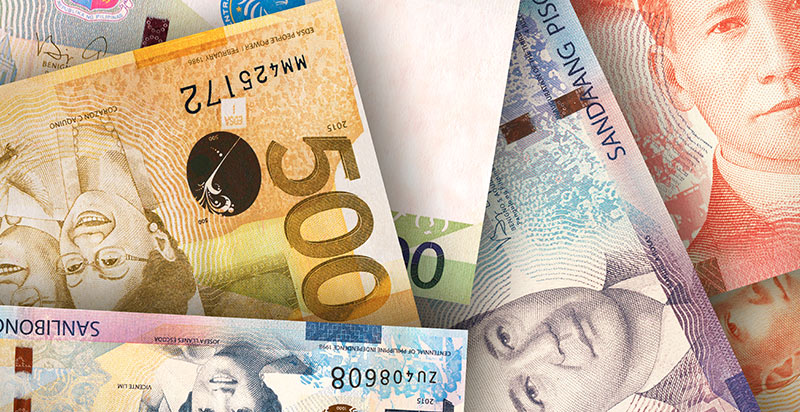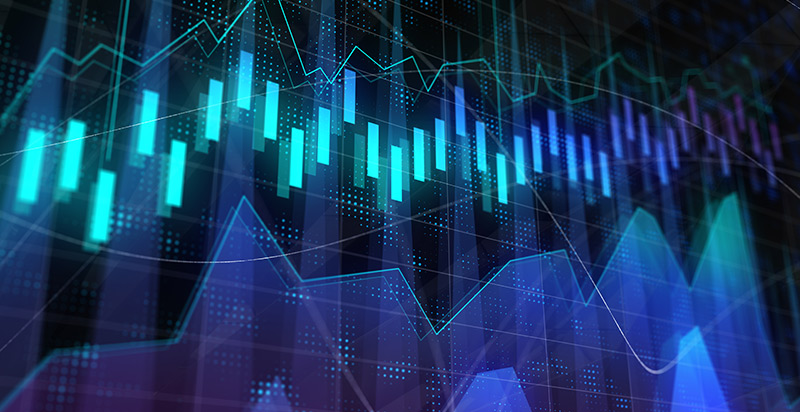How much trading capital do you need to earn ₱1,000,000 a year?

Most people dream of the day they would earn their first million pesos. In this article we take a look at what you need to and how much capital you need to earn this magic number through forex trading.
While there are hundreds of different strategies out there offering different comparative advantages, Learn to Trade teaches five different strategies with each one aiming to bring about stability and consistency. However, more important than any strategy you choose to get you to your P1M goal, it is crucial that you first fully understand the concept of risk and reward.
Risk/reward ratio
Risk-to-reward ratio simply refers to how much a trader stands to make on a trade relative to how much he/she stands to earn. For instance, a 1:1 risk-to-reward ratio means that if you risk 2% of your account on a trade with your capital at $1000 (P50,000), you risk losing $20 (₱1,000.00) while looking to make the same amount of $20 (₱1,000.00).
*All calculations are based on the assumption that USD/PHP = ₱50.00.
| 1:1 Risk:Reward Ratio | |||
| Capital in $($/₱) | % risk per trade | Amount at risk ($/₱) | Potential profit ($/₱) |
| $1,000/₱50000 | 2% | -$20.00 | $20.00 |
Winning percentage
We often see beginner traders fall into the trap of setting unrealistic expectations about the number of winning trades that they make. Many expect to win 90% or even all of their trades, thinking that they are able to identify “100% sure” trades.
On the contrary, there is no such thing as a sure thing with your trades. It boils down to the mere fact that the market is so much more liquid than any retail trader and we therefore, have no power over it.
Ask any consistently profitable trader who has been in this industry for years and they will tell you that they win far fewer trades than what a newbie aspires. In fact, you’ll probably get an answer of 60-70% at best! I won’t be surprised if a veteran trader told you that he or she only wins 30% but still manage to be in net profit. How is this possible?
Combining risk:reward ratio and winning percentage
The solution is called mathematical expectancy which is calculated by combining your risk: reward ratio and your losing/winning percentage to tell you you how much money you stand you lose or earn given every dollar you risk.
Mathematically it is expressed in the following way:
Expectancy = (average profit x winning percentage) – (average loss x losing percentage)
We can make this a bit clearer by using Mike and Sarah as examples:
Mike and Sarah both have a $1,000/₱50,000 trading capital. Mike wins 75% of the time on his trades while Sarah only has a 30% winning percentage. A closer look at their trade terminal shows that Mike typically makes a 2% from his trades at $20/₱1000 but struggles with his losses, losing -6% on average or $60/₱3000. Sarah, on the other hand, has the mirror opposite of Mike’s average wins/losses: she wins $60/₱3000 on average and cuts her losses early at -$20/₱1000.
Given this data, we can compute for their expectancy by:
- Mike’s expectancy per trade
Expectancy = ($20/₱1000 x 75%) – ($60/₱3000 x 25%) = $0/₱0
- Sarah’s expectancy per trade
Expectancy = ($60/₱3000 x 30%) – ($20/₱1000 x 70%) = $4/₱200
What this tells us is that over the long run Mike is breaking even with his trades despite winning 75% of the time. The long term goal of any trader is be in profit rather than breakeven or lose money; Mike’s strategy is not conducive to reaching this goal. For him to become profitable he either needs to win more or reduce his risk per trade.
Meanwhile, Sarah’s expectancy tells us that in the long-run she is making an average ₱200 per trade even though she is winning only 30%of her trades. Her strategy means that she doesn’t need to feel pressured about winning every trade but still be generally profitable!
Both Mike and Sarah’s expectancy can improve or worsen depending on trading conditions. Nevertheless, expectancy is a good benchmark to evaluate a trading strategy. You can think of expectancy as how much you can theoretically expect to get paid for each trade you take over time. As we all know, it’s impossible to always be right when trading forex. However, figuring out your expectancy helps shift focus away from being right per trade to how right you are overall.
How much capital do you need to earn ₱1M?
If we stick to our example of trading with only $1,000/₱50,000 with Sarah’s expectancy of $4/₱200, it means that you will need to have around 5,000 trades. That’s a ridiculous number and something which we do not recommend to you.
You can always begin with a much bigger capital to get yourself a strong headstart to your P1M goal. You can then work on compounding your account, which essentially means using the profits you are making, to generate more profit. The table below shows you the potential of using compound interest.
| Trading account size ($) | Trading account size (₱) | Monthly compounded return | Net profit after 12 months |
| $10,000 | ₱500,000 | 10% | ₱906,000 |
| $25,000 | ₱1,250,000 | 5% | ₱995,000 |
| $50,000 | ₱2,500,000 | 3% | ₱1,100,000 |
What does this mean for you in reality?
Trading should be approached as longer term, and it’s incredibly important to realize that no one simply masters trading and makes ₱1,000,000 in a matter of weeks.
However, by understanding your risk, setting goals and being realistic, you can go from having almost given up your dream of becoming a trader, to seeing the light at the end of the tunnel.
Patience, consistency, and education are the most important factors when it comes to trading and compounding interest. We see time and time again novice traders planning for what will happen in the next 200 trades and getting excited for the magic ₱1,000,000 number.
Overall, taking a consistent approach to trading is something we teach everyday and is a fundamental factor for you to compound interest.
You can learn more about compound interest and trading with Learn to Trade.






































